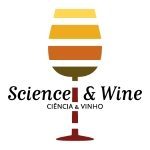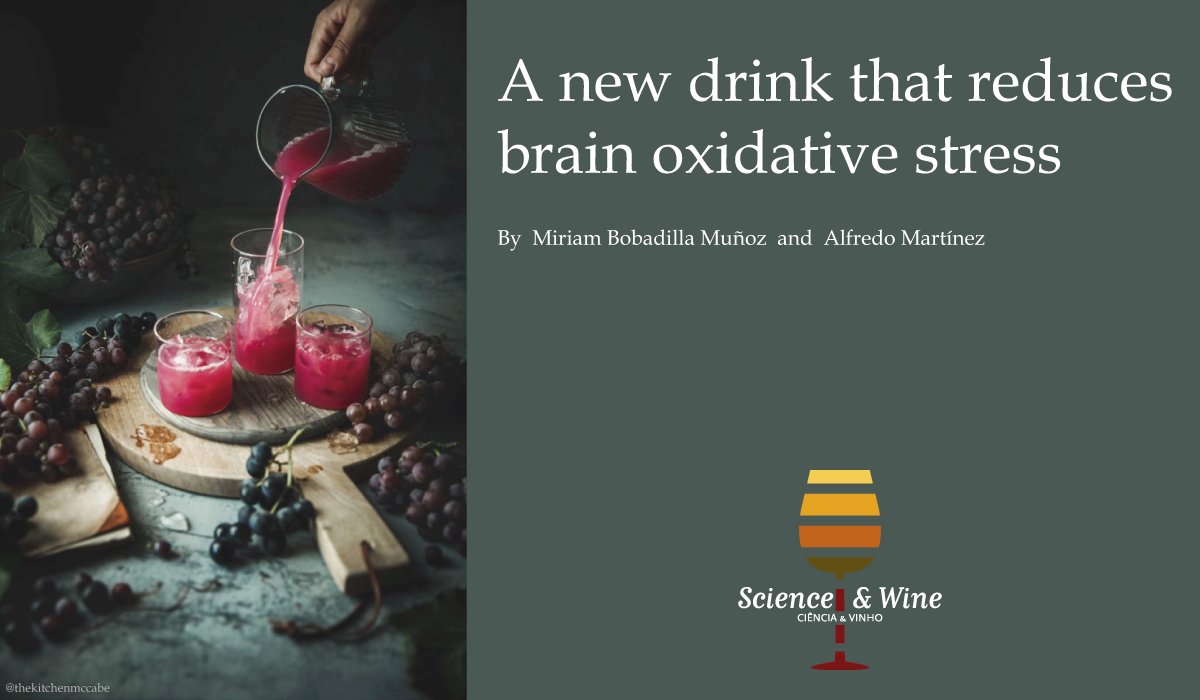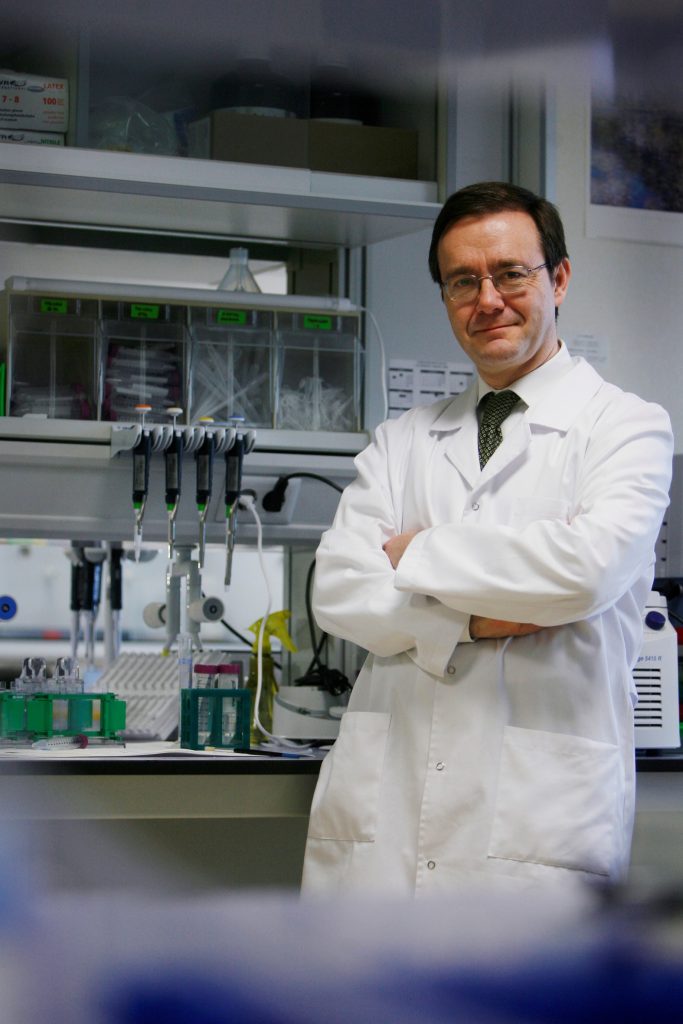By Miriam Bobadilla Muñoz and Alfredo Martínez
Neurodegenerative diseases are age-dependent disorders whose prevalence is rising due to the increasing life span of the world’s population. According to the World Health Organization, the number of people with dementia worldwide was 46.8 million in 2015 but is expected to rise to 131.5 million by 2050. Unfortunately, nowadays, all these diseases lack an effective treatment and they represent the fourth cause of global disease burden in developed countries.
Alzheimer’s disease is defined by the progressive loss of short- and long-term memory, which results in an increasing cognitive deficit that leads to impaired activities of daily living (1). Several factors including aging, diabetes mellitus, and oxidative stress, affect the risk of developing neurodegenerative disorders. On the other hand, decreased risk of Alzheimer´s disease is related with physically and cognitively stimulating activities and adherence to the Mediterranean diet (2).
In recent years, there has been increasing supporting evidence for an association between lifestyle habits, such as diet and dietary components, and a delay in Alzheimer occurrence. Functional foods, such as mushrooms, and drinks, such as wine, exhibit potent medical properties with anti-oxidative and anti-inflammatory attributes (3-4). Polyphenols encompass a large class of compounds (curcumin, stilbenes, flavonoids, etc.) with demonstrated antioxidant properties that are present in most vegetables and fruits. Since polyphenols are highly antioxidative in nature, their consumption may provide protection against neurological disorders. More specifically, flavonoids are a type of polyphenols with demonstrated beneficial health effects derived from their antioxidant and anti-inflammatory properties (5).
Some studies show that flavonoid intake can have a protective effect on human and animal brains. Recently, our group has described that oral administration of flavonoids, extracted from red and white grapes and from the olive tree, reduces the expression of brain genes involved in inflammation and oxidation mechanisms, whereas it increments the expression of Nrf2, a gene related to protection against oxidative stress. In the same way, preventive treatment with these natural flavonoids increases the activity of antioxidant enzymes and prevents lipid peroxidation in the brain of stressed mice (6).
The consumption of fruit and vegetable juices containing high concentrations of flavonoids, at least three times per week, may delay the onset of Alzheimer Disease. Although doubts were previously raised about flavonoids usefulness as beneficial antioxidant compounds, today we know that the vast majority of antioxidant substances need to be fermented by the microbiota of either the small intestine or the colon prior to absorption (7). For example, enzymes of the gut microbiota carry out modifications of flavonoids that result in smaller products, which may be easily absorbed in the gut. Therefore, the bioavailability of flavonoids is guaranteed when orally administered (8). Some studies have shown that moderate wine consumption, specifically red wine, could have a neuroprotective effect due to the fact that grapes are one of the richest sources of polyphenols (9).

Our research group has developed a customer-acceptable drink with enriched antioxidant properties. The grape juice was supplemented with a polyphenol-rich extract from red grapes that was provided by Alvinesa Natural Ingredients (Daimiel, Ciudad Real, Spain). Red grape polyphenols extracts from Alvinesa Natural Ingredients are entirely constituted by flavan-3-ol phenolic compounds (premium selected blending of monomers, dimers, oligomers and polymers) and anthocyanins. These extracts are currently used as commercial supplements approved for human consumption. Red grape polyphenols extracts from Alvinesa are not only interesting because of the flavonoids of low molecular weight (monomers) but also because the substantial content in PACs. Alvinesa’s extracts present a PACs content (Porter Method) with a content 20–25% higher in comparison to our competitors (75% vs. 100%). Furthermore, Alvinesa is putting a lot of efforts in offering to the market the most natural extracts coming from grape producing extracts that are constituted 100% by polyphenols of the grape.
We found that the addition of red grape polyphenols to grape juice does not provoke changes in juice organoleptic characteristics. In a sensorial study, panelist noted no significant changes in the aspect, texture, and odor intensities on grape juice supplemented with red grape polyphenols. In addition, we showed that the pasteurization process does not destroy the levels of flavonoids present in the grape juice. Heat treatments, such as pasteurization and sterilization, are the most used methods to process and preserve food, mainly due to their ability to inactivate a wide range of microorganisms and spoilage enzymes (10). However, heat processing may induce several chemical and physical changes, reducing the content and, also, the bioavailability of some bioactive compounds such as polyphenols. Physicochemical studies carried out in grape juice with red grape polyphenols after pasteurization showed that a loss of about 20–30% of polyphenol contents took place due to the heat process. This fact was not a surprise because many papers describing heat damage to polyphenols availability have been published. Losses of between 16 and 28% of polyphenol levels after pasteurization have been previously reported in grape and watermelon juice and strawberry puree (11). The really important fact is that this loss is not considered relevant, since the remaining polyphenols are sufficient to induce healthy in vivo effects.
In vivo, we demonstrated that oral administration of grape juice supplemented with red grape polyphenols exerted an antioxidant effect in the brain of stressed mice reducing the expression of genes involved in inflammation and oxidation mechanisms and increasing the expression of genes related to protection against oxidative stress. In addition, we found that preventive treatment with grape juice enriched with red grape polyphenols augmented antioxidant enzymes and prevented stress-induced lipid peroxidation in the brain.
The study has been financed by the Spanish Ministry of Science and Innovation and has been completed by a consortium including three companies (Alvinesa, HealthTech Bio Actives, and Vintae winery) and two Technology Centers (Ctic-Cita and CIBIR).
Conclusion: Taken together our results suggest that the addition of red grape polyphenols to grape juice is well tolerated by potential customers and that the new drink effectively reduces stress levels in the brain. In consequence, we propose that private companies and the public administration may collaborate in promoting the consumption of this drink, or similarly characterized products, by the general public as a new and global strategy for the prevention of Neurodegenerative Diseases.
Miriam Bobadilla Muñoz graduated in Biology and Biochemistry from the University of Navarra in 2007. Later, she obtained a Cellular and Molecular Biology Master´s Degree in the same university in 2008. During this time, she studied LMO2 expression and its role as a prognostic marker in leukemia, in Dr. Martinez-Climent´s laboratory. Doctor in Biochemistry from the University of Navarra (2012). She obtained her phD in the cell therapy laboratory at the Center for Applied Medical Research (CIMA), supervised by Dr. Felipe Prosper and Dra. Ana Perez-Ruiz. During this time, she studied the satellite cell biology, mainly in degenerative diseases such as Duchenne muscular Dystrophy. Also during those years she worked as an assistant professor in the microbiology department at the University of Navarra. From 2013 to 2019, she has worked as a postdoctoral researcher in the regenerative medicine area at the Center for Applied Medical Research (CIMA) studying cell aging. In 2019, she has incorporated to Dr. Alfredo Martinez laboratory at the Center for Biomedical Research of La Rioja (CIBIR). She focused her work on the prevention of Alzheimer disease. During these years, she has acquired extensive experience in cell and molecular biology as well as in handling laboratory animals. She has published several research articles in high-impact journals. She has also participated in more than 10 national and international research projects, financed by both private and public funds.
Dr. Alfredo Martínez completed undergraduate studies in Biology and obtained a PhD in Cell Biology (University of Navarra). He performed post-doctoral training in Vancouver (University of British Columbia), Dublin (Trinity College), and London (Hammersmith Hospital). He spent 11 years at the National Cancer Institute (NIH, Bethesda, MD, USA) as a Visiting/Staff Scientist under the supervision of Dr Frank Cuttitta. He returned to Spain in 2004 to lead a research team at the Cajal Institute (Spanish Council for Scientific Research, CSIC) in Madrid. In 2008, he won the call for the position of Group Leader at the Oncology Area of the CIBIR and he has been leading the Angiogenesis Team since then. Currently, this group consists of 5 postdoctoral researchers, 4 PhD students, 1 Master student, and 1 research assistant. His main line of work centers on the development of new pro- and anti-angiogenic therapies in the fight against cancer, Alzheimer´s disease, and other clinically relevant diseases. His studies usually involve genetically engineered mice as well as cutting-edge techniques at the molecular and cellular level. The angiogenesis laboratory believes in translational (from bench to bedside) research and is leading several clinical trials based on basic observations made by the group. Dr Martínez´s curriculum contains 225 peer-review publications (including work in high impact journals such as Cancer Research, The Journal of Clinical Investigation, Nature Reviews Cancer, Circulation, etc). He has an H-Index of 49 and his work has received over 8,396 total citations (Publons). He has been the principal investigator of numerous national and international research grants, including grants from The US (Department of Defense, MR130239), or the EU (HypoSens, Probiomel, MemoShield, ITN-Dirnano).
References
- Villain, N.; Dubois, B. Alzheimer’s Disease Including Focal Presentations. Semin. Neurol. 2019, 39, 213–226, doi:10.1055/s-0039-1681041.
- Caruana, M.; Cauchi, R.J.; Vassallo, N. Putative Role of Red Wine Polyphenols against Brain Pathology in Alzheimer’s and Parkinson’s Disease. Front. Nutr. 2016, 3, 31, doi:10.3389/fnut.2016.00031.
- Rai, S.N.; Mishra, D.; Singh, P.; Vamanu, E.; Singh, M. Therapeutic applications of mushrooms and their biomolecules along with a glimpse of in silico approach in neurodegenerative diseases. Biomed. Pharmacother. 2021, 137, 111377, doi:10.1016/j.biopha.2021.111377.
- Moreno-Arribas, M.V.; Bartolome, B.; Penalvo, J.L.; Perez-Matute, P.; Motilva, M.J. Relationship between Wine Consumption, Diet and Microbiome Modulation in Alzheimer’s Disease. Nutrients 2020, 12, 3082, doi:10.3390/nu12103082.
- Silva, R.F.M.; Pogačnik, L. Polyphenols from Food and Natural Products: Neuroprotection and Safety. Antioxidants 2020, 9, 61, doi:10.3390/antiox9010061.
- Bobadilla, M.; García-Sanmartín, J.; Martínez, A. Natural Food Supplements Reduce Oxidative Stress in Primary Neurons and in the Mouse Brain, Suggesting Applications in the Prevention of Neurodegenerative Diseases. Antioxidants 2021, 10, 46, doi:10.3390/antiox10010046.
- Németh, K.; Plumb, G.W.; Berrin, J.G.; Juge, N.; Jacob, R.; Naim, H.Y.; Williamson, G.; Swallow, D.M.; Kroon, P.A. Deglycosylation by small intestinal epithelial cell beta-glucosidases is a critical step in the absorption and metabolism of dietary flavonoid glycosides in humans. Eur. J. Nutr. 2003, 42, 29–42, doi:10.1007/s00394-003-0397-3.
- Kawabata, K.; Yoshioka, Y.; Terao, J. Role of Intestinal Microbiota in the Bioavailability and Physiological Functions of Dietary Polyphenols. Molecules 2019, 24, 370, doi:10.3390/molecules24020370
- Caruana, M.; Cauchi, R.J.; Vassallo, N. Putative Role of Red Wine Polyphenols against Brain Pathology in Alzheimer’s and Parkinson’s Disease. Front. Nutr. 2016, 3, 31, doi:10.3389/fnut.2016.00031.
- Vieira, F.N.; Lourenço, S.; Fidalgo, L.G.; Santos, S.A.O.; Silvestre, A.J.D.; Jerónimo, E.; Saraiva, J.A. Long-Term Effect on Bioactive Components and Antioxidant Activity of Thermal and High-Pressure Pasteurization of Orange Juice. Molecules 2018, 23, 2706, doi:10.3390/molecules23102706.
- Chang, C.-C.; Yuan, W.; Lin, Y.-L.; Liu, R.-S.; Juan, Y.-C.; Sun, W.-H.; Tsay, H.J.; Huang, H.-C.; Lee, Y.-C.; Liu, H.-K. Evaluation of the In VivoTherapeutic Effects of Radix Paeoniae Rubra Ethanol Extract with the Hypoglycemic Activities Measured from Multiple Cell-Based Assays. Evid. Based Complement. Altern. Med. 2016, 2016, 3262790, doi:10.1155/2016/3262790.





[…] https://www.ciencia-e-vinho.com/2021/06/20/a-new-drink-that-reduces-brain-oxidative-stress/ […]